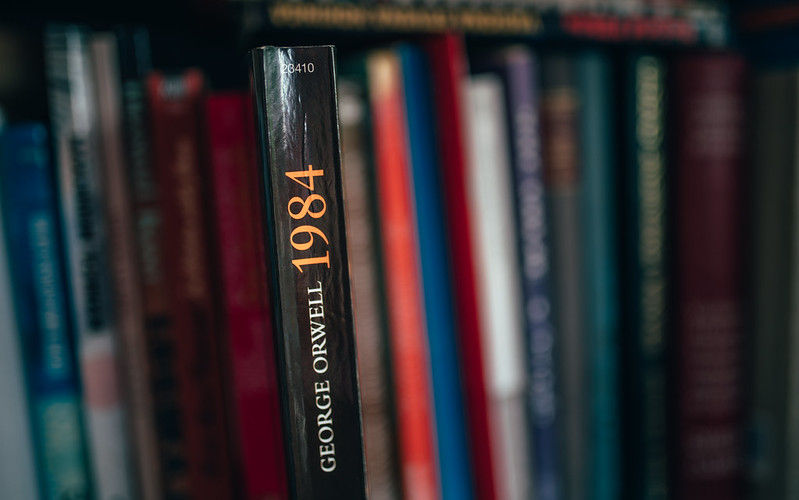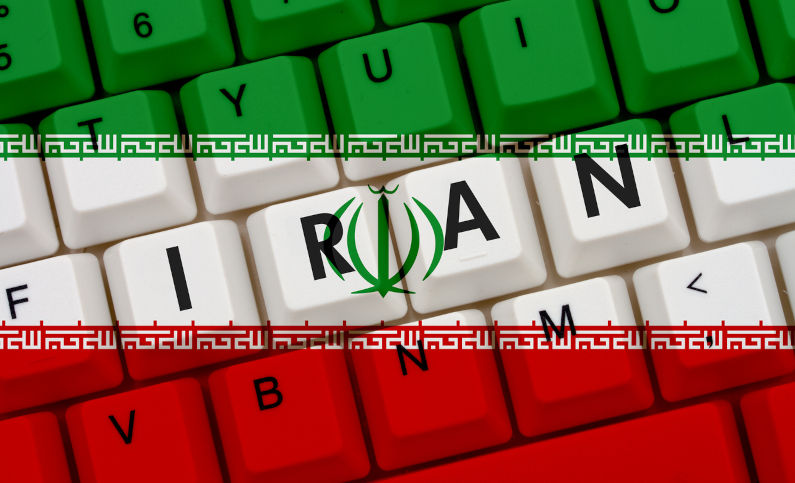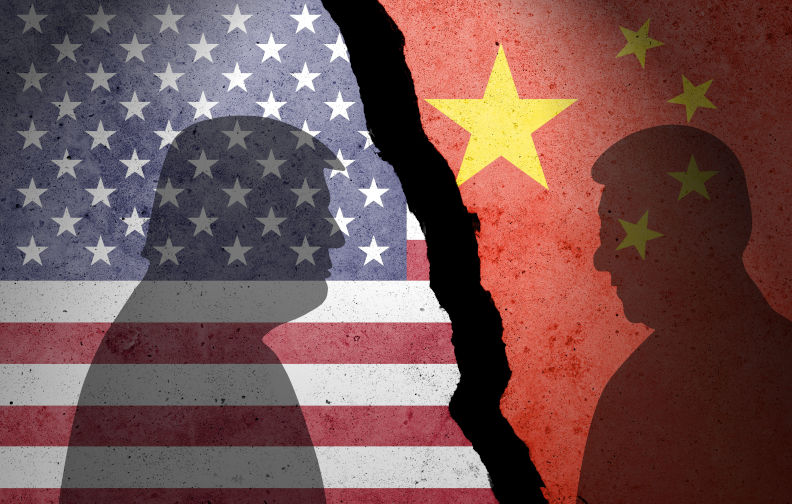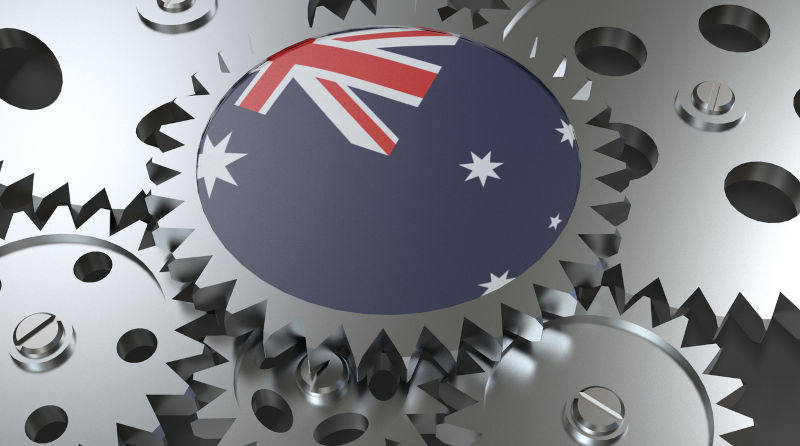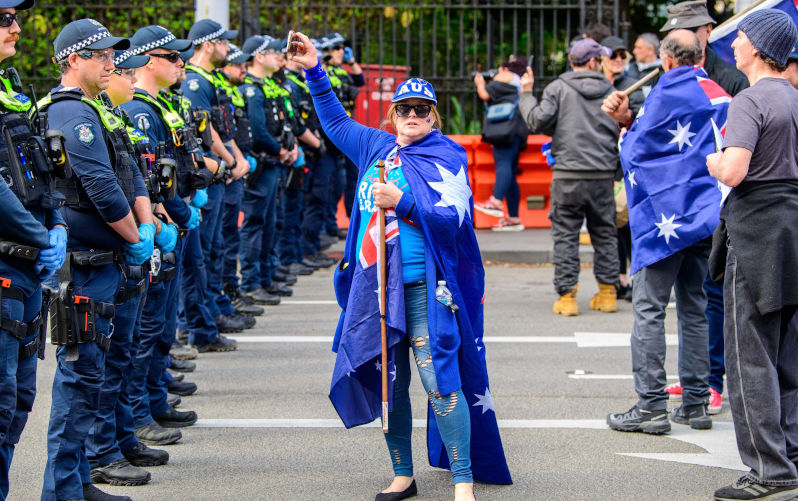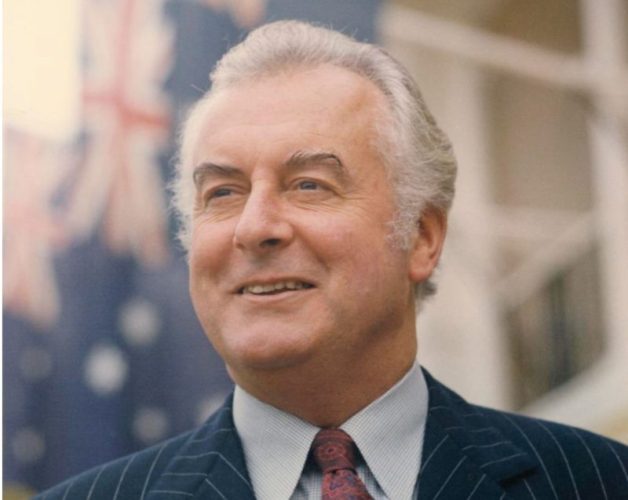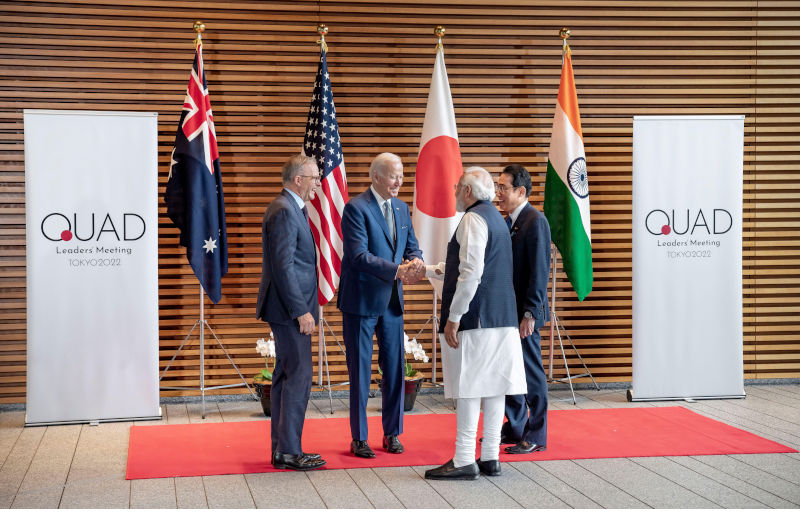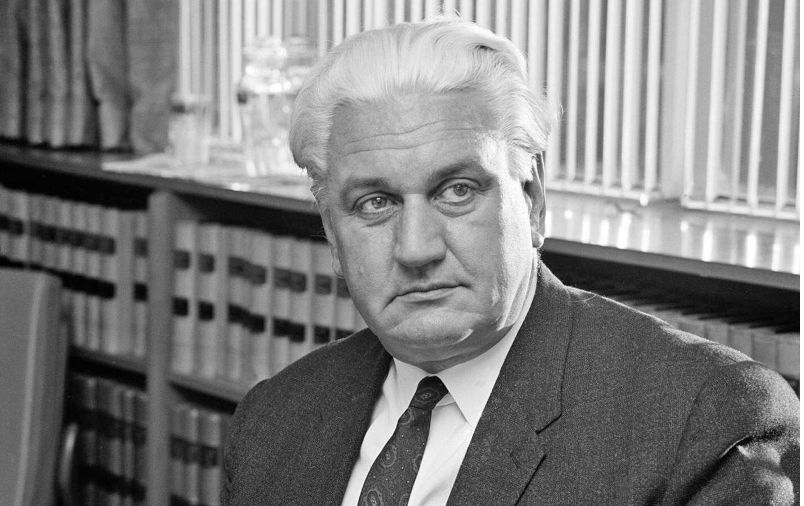
Pearlcasts
As we review 2025, the temptation is to look for neat summaries and settled conclusions.
Go to Pearlcasts
16 January 2026
Banning slogans won’t build social cohesion
After Bondi, New South Wales politicians want to ban words and slogans. But rushed laws could punish political speech, not protect the public.

16 January 2026
Iran in the vortex: what's really happening
As protests unfold in Iran, Israeli and US figures openly talk of regime collapse. Foreign interference risks worsening violence and derailing change from within.

16 January 2026
Best of 2025 - The boy who cried antisemitism
For two years, we’ve been told Australia is drowning in antisemitism. Every protest for Palestinian human rights, every mural, every chant criticising Israel has been hauled up as “evidence.”
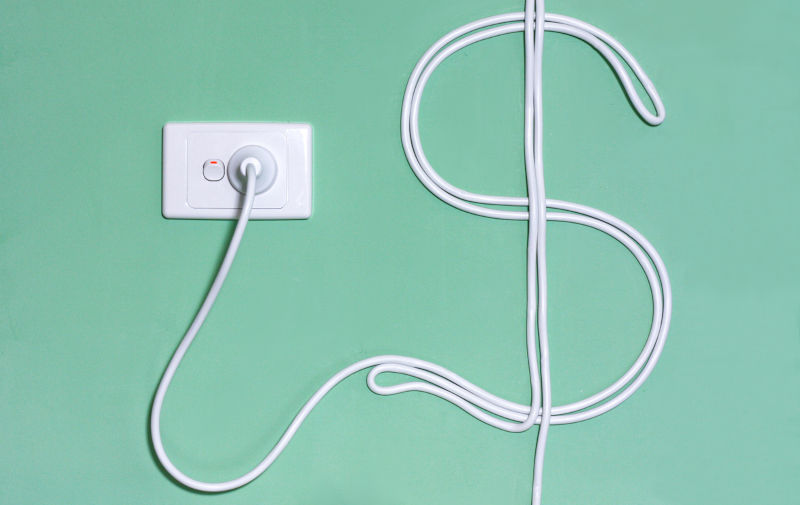
16 January 2026
Best of 2025 - Rising electricity prices have nothing to do with renewables
Electricity prices are elevated, but anyone who claims renewable energy has driven the rise is either uninformed or is deliberately lying.
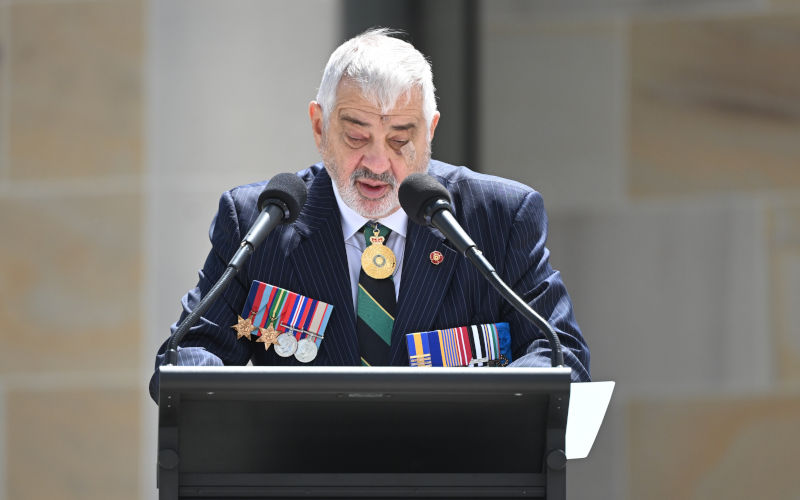
16 January 2026
Best of 2025 - Another RSL dope wants to draw us into a major war
It beggars belief that the outgoing head of the RSL, Greg Melick, has abused the quiet solemnity of Remembrance Day to lecture and berate the Albanese government on its defence policy.

16 January 2026
Best of 2025 - ASIO's Mike Burgess and a lust for the limelight
In succumbing to a lust for the limelight, the ASIO director, Mike Burgess, is not making it easier for the government and citizens to retain confidence in him and the organisation he’s trying to run.

16 January 2026
Best of 2025 - Burn it all down movements
When a 34-year-old democratic socialist defeats a political dynasty in the nation's largest city, we're witnessing more than another electoral upset.
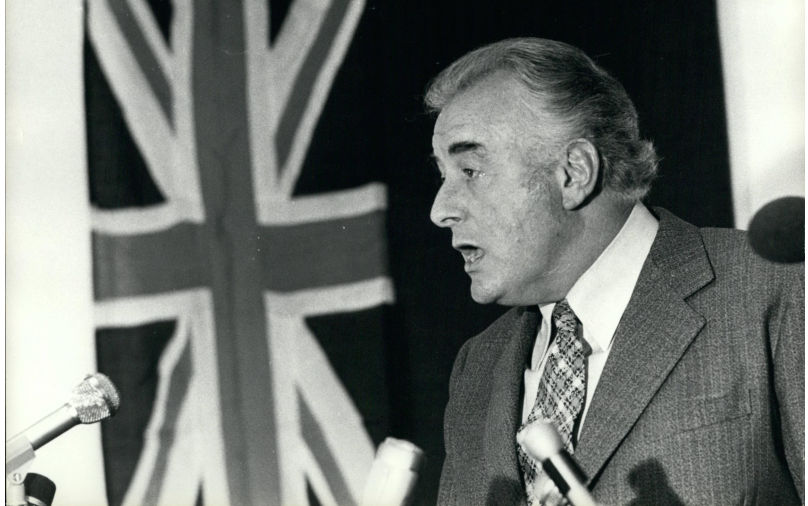
16 January 2026
Best of 2025 - What Washington really thought of Whitlam before the dismissal
The cloud of American involvement in the events of November 1975 is unlikely to ever clear. Especially while US presidential libraries continue to block access to critical documents that might shed light on the shenanigans.

16 January 2026
Best of 2025 - The debate about net zero ignores the evidence
Those in the Coalition who are opposed to targeting net zero carbon emissions, argue that it will cost too much. But that claim is false and not supported by the evidence. How can they get away with it?
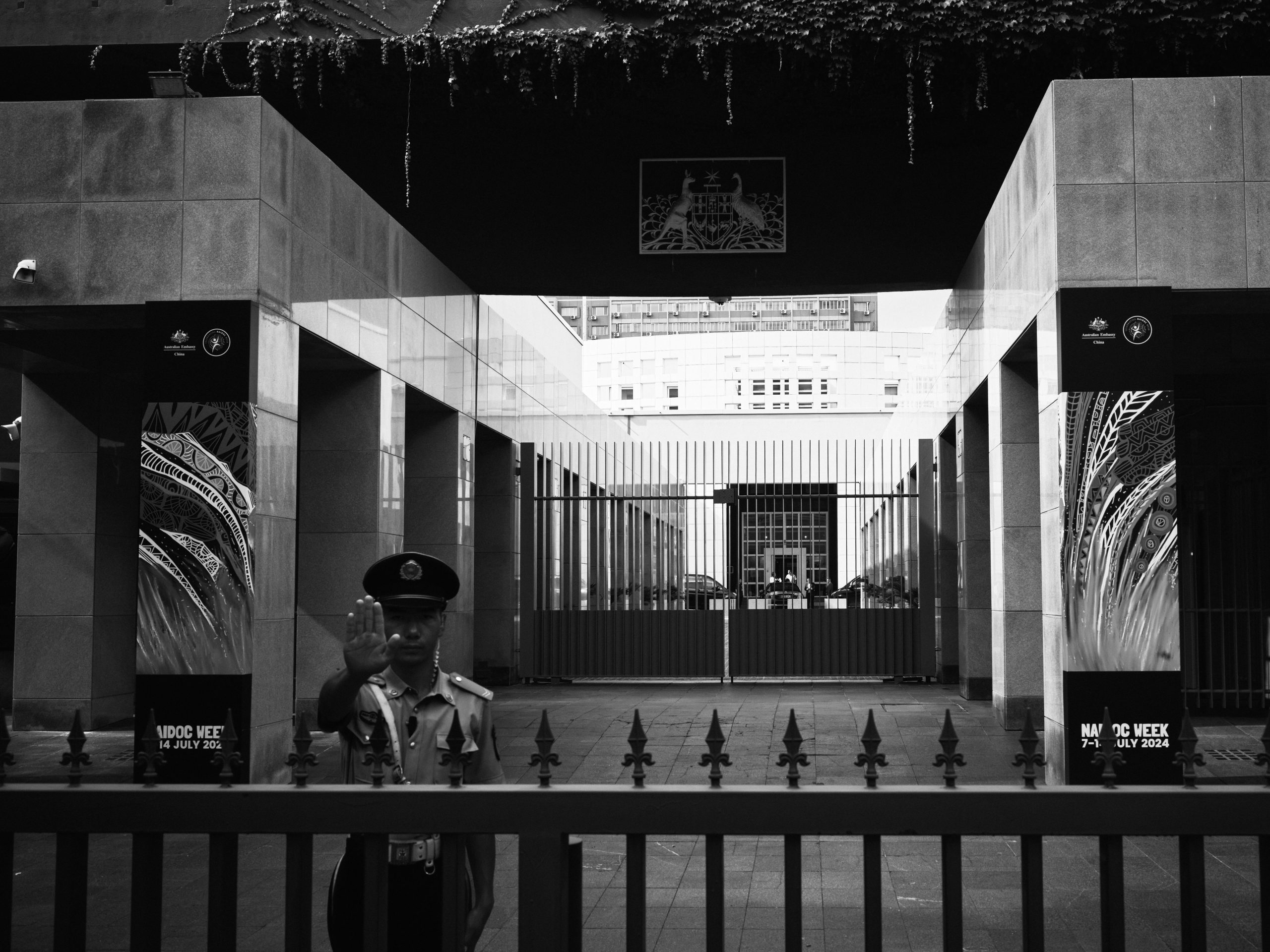
16 January 2026
Best of 2025 - How the Dismissal ripples reached Beijing: Some personal recollections
Life in Beijing in 1975 was not easy and the events leading up to the Dismissal of the Whitlam Government in November piled on the pressure.

16 January 2026
Best of 2025 - After Trump goes home
If anyone had any lingering doubts about the change in the world order, the sight of President Trump pumping his fist into the air at the doorway of Air Force One, before turning his back on Asia to fly home, they should be put to bed now.
Read our series
Latest on Palestine and Israel

16 January 2026
Banning slogans won’t build social cohesion
After Bondi, New South Wales politicians want to ban words and slogans. But rushed laws could punish political speech, not protect the public.

16 January 2026
Iran in the vortex: what's really happening
As protests unfold in Iran, Israeli and US figures openly talk of regime collapse. Foreign interference risks worsening violence and derailing change from within.

16 January 2026
Best of 2025 - The boy who cried antisemitism
For two years, we’ve been told Australia is drowning in antisemitism. Every protest for Palestinian human rights, every mural, every chant criticising Israel has been hauled up as “evidence.”

15 January 2026
Australians for Humanity – Demand that the invitation to the President of Israel to visit this country be immediately withdrawn
A call to withdraw President Herzog’s invitation, uphold international law, and defend free speech and the right to protest.

15 January 2026
Best of 2025 - OFFICIAL – Israel’s proposed death-penalty law is a war crime
Not satisfied it seems with the continued genocide of Palestinians, Israel is now looking to execute Palestinian prisoners by introducing a death penalty law.

14 January 2026
Best of 2025 - Gaza under siege: The continuation of Zionist demographic cleansing policies since the 19th century
Israeli propaganda tries to present the war on Gaza as a “defensive reaction.” Yet the historical record tells a very different story: systematic genocide, the destruction of civilian life and deliberate attempts to uproot entire populations. All of this is a direct continuation of Zionist colonial policies that began in the late 19th century.

14 January 2026
Best of 2025 - From illusion to real peace: Trump’s test in Gaza and Ukraine
Real peace demands Palestinian statehood, Ukrainian neutrality and the courage to defy the war lobby.

14 January 2026
Best of 2025 - The three core myths driving Israel’s war on Palestine
Israeli journalist Gideon Levy, one of the most outspoken moral critics within Israel itself, once summarised what he called the “three core values of Israeli society”: the belief that Jews are the chosen people; that they are the world’s ultimate victims; and that Palestinians are not equal human beings.

Israel's war against Gaza
Media coverage of the war in Gaza since October 2023 has spread a series of lies propagated by Israel and the United States. This publication presents information, analysis, clarification, views and perspectives largely unavailable in mainstream media in Australia and elsewhere.
Download the PDFLatest on China

16 January 2026
Best of 2025 - After Trump goes home
If anyone had any lingering doubts about the change in the world order, the sight of President Trump pumping his fist into the air at the doorway of Air Force One, before turning his back on Asia to fly home, they should be put to bed now.
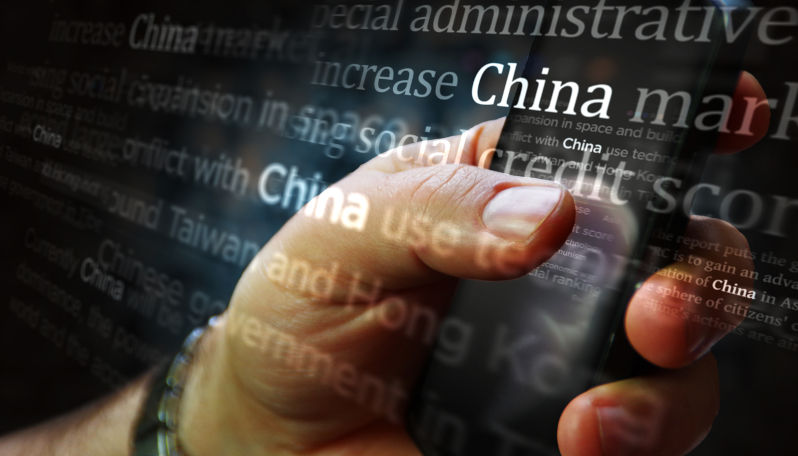
14 January 2026
Best of 2025 - The ABC and News Corp finally agree on something: China panic
Last week, a friend asked if I was worried about Chinese “nuclear threats.
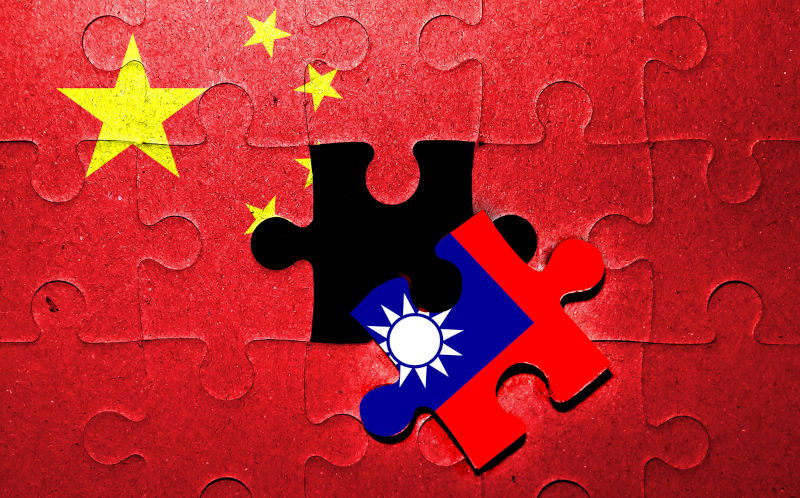
14 January 2026
Best of 2025 - Taiwan as an integral part of China: A historical, legal and geopolitical analysis
The status of Taiwan remains one of the most contested topics in modern geopolitics and one of the most misrepresented.

Support our independent media with your donation
Pearls and Irritations leads the way in raising and analysing vital issues often neglected in mainstream media. Your contribution supports our independence and quality commentary on matters importance to Australia and our region.
DonateMore from Pearls and Irritations
Latest letters to the editor
A parallel invitation
Geoff Taylor — Borlu (Perth)
Pendulums swing. It's what they do.
Hal Duell — AliceSprings
The people and the common good
Chris Young — Surrey Hills, Vic
Can we discuss degrowth without the ideology?
Jenny Goldie — Cooma NSW
